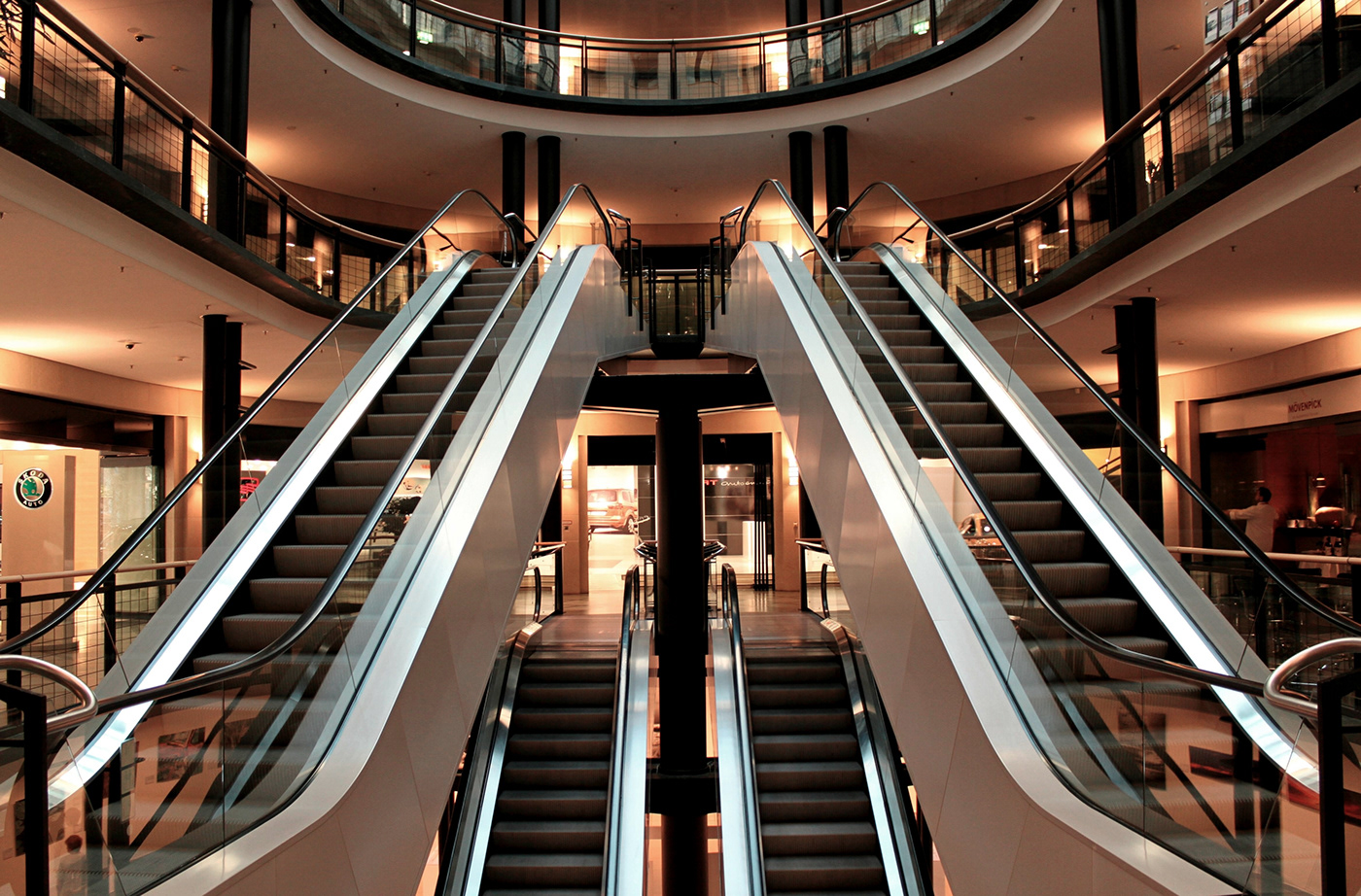The Rise of Modern Escalators: The Ultimate Vertical Mobility Solution
In our fast-paced urban environments, modern escalators have become an integral part of daily life, revolutionizing the way we move within multi-story buildings and transportation hubs. These marvels of engineering, often taken for granted, have evolved significantly over the years, offering enhanced safety, efficiency, and design. Let's delve into the world of modern escalators and explore their impact on our modern world.
From Humble Beginnings to Ingenious Innovations
Escalators have a rich history dating back to the late 19th century. The concept of a moving staircase had various inventors working on it, but it was Charles Seeberger who received the first patent for an "escalator" in 1892. This pioneering design laid the groundwork for the escalators we use today.
The Mechanics of Modern Escalators: The Art of Vertical Transportation
Modern escalators are intricate systems consisting of continuous loops of steps or treads. These steps rotate around linked chains driven by powerful motors located at the top and bottom of the escalator. Passengers can step onto or off of the escalator at any point in the loop.
Safety and comfort are paramount in modern escalator design. The steps are designed to be flat, wide, and non-slip, and handrails moving at the same speed as the steps offer additional support and convenience.
The Transformative Impact of Modern Escalators
Efficiency and Convenience: Escalators have revolutionized vertical transportation. They efficiently transport large numbers of people between floors, reducing congestion in busy buildings and transportation hubs. This convenience enhances crowd management and significantly improves the overall efficiency of public spaces.
Accessibility for All: Modern escalators have made buildings more accessible to individuals with mobility challenges. They provide a less strenuous alternative to traditional staircases, ensuring that everyone can navigate multi-story structures with ease.
Architectural Freedom: Escalators have empowered architects to design structures with greater creativity and innovation. These vertical transport systems allow for open, awe-inspiring atriums and expansive layouts that were once constrained by traditional staircases.
Retail and Commerce: In shopping malls and retail settings, escalators are strategically positioned to guide shoppers between floors, increasing foot traffic and influencing customer choices. Their upward or downward motion has become a subtle yet effective tool in marketing and navigation.
Safety Measures: Modern escalators are equipped with a multitude of safety features, including emergency stop buttons and sensors that detect obstructions or irregularities. These features have made escalators one of the safest modes of vertical transportation.
Fascinating Escalator Facts
The Wheaton Metro station in Washington, D.C. is home to the world's longest continuous escalator, measuring a staggering 230 feet.
The first operational escalator was displayed at the 1893 Chicago World's Fair, carrying passengers up a gentle incline of just seven steps.
The world's longest indoor escalator can be found at the Excalibur Hotel & Casino in Las Vegas, stretching approximately 213 feet.
In conclusion, modern escalators have significantly transformed the way we move within multi-story buildings and urban spaces. Beyond their obvious convenience, these mechanical marvels have played a pivotal role in shaping modern architecture, enhancing accessibility, and influencing our shopping and retail experiences. As technology continues to evolve, escalators are likely to see further innovations and adaptations, ensuring their place as a fundamental aspect of our modern world.



